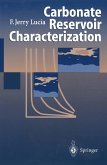
eBook, PDF
6. Dezember 2012
Springer Berlin Heidelberg
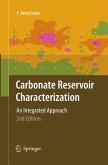
Broschiertes Buch
An Integrated Approach
2. Aufl.
28. November 2014
Springer / Springer Berlin Heidelberg / Springer, Berlin
978-3-642-42081-8
| Gebundenes Buch | 169,99 € | |
| eBook, PDF | 169,95 € |
Gebundenes Buch
An Integrated Approach
2nd ed.
26. September 2007
Springer / Springer Berlin Heidelberg / Springer, Berlin
11756033,978-3-540-72740-8
eBook, PDF
30. November 2007
Springer Berlin Heidelberg
Ähnliche Artikel
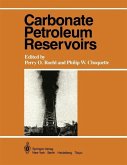

eBook, PDF
6. Dezember 2012
Springer Berlin Heidelberg



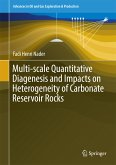
eBook, PDF
30. September 2016
Springer International Publishing
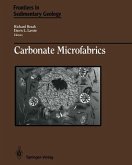
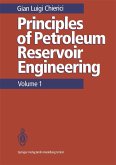
eBook, PDF
9. März 2013
Springer Berlin Heidelberg

Ähnlichkeitssuche: Fact®Finder von OMIKRON
